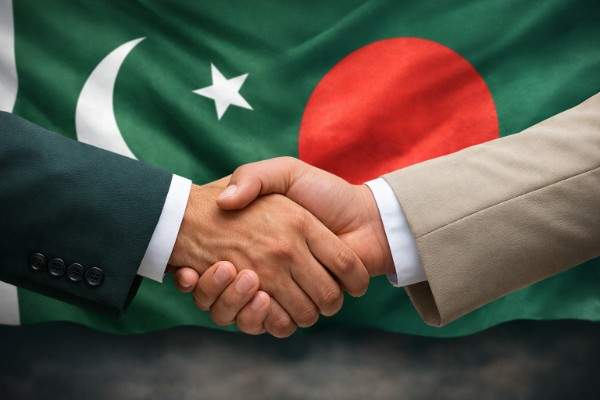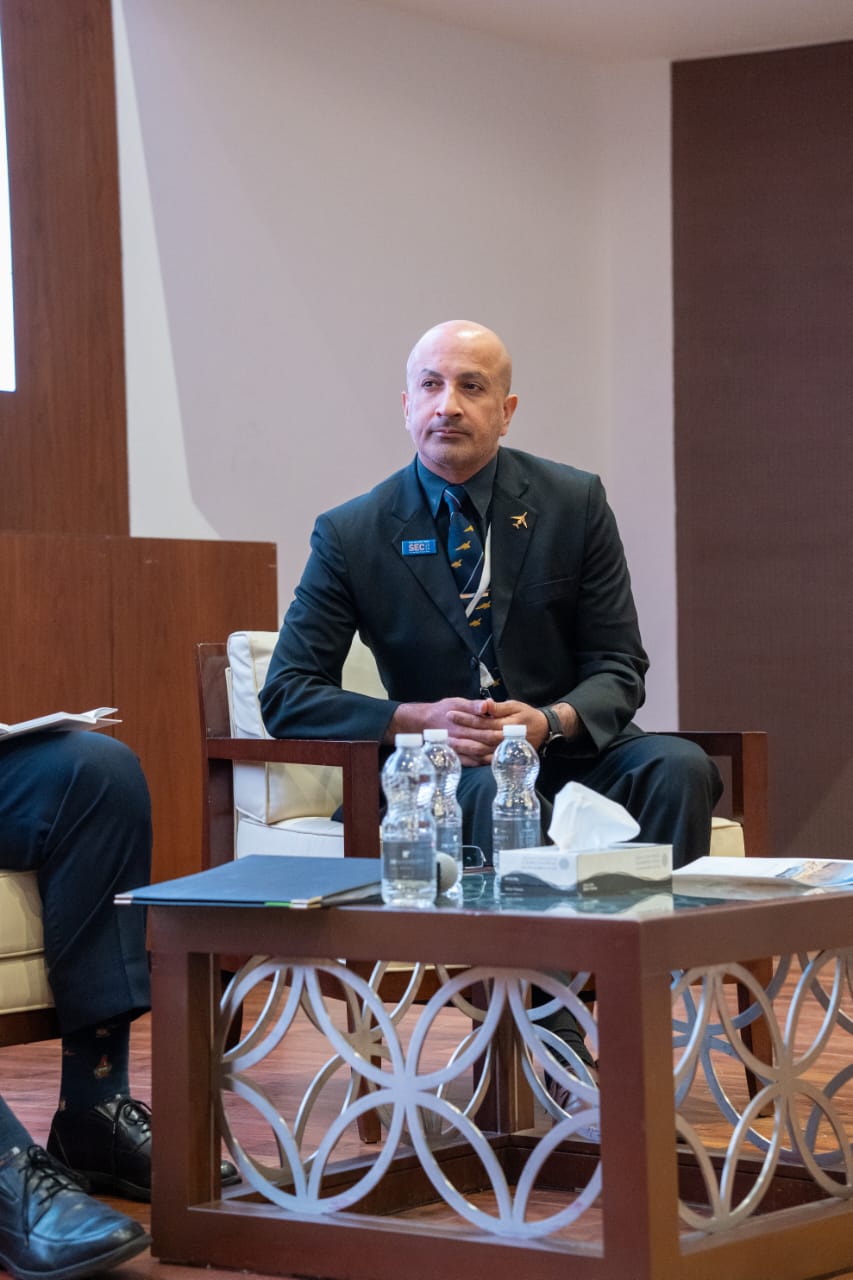In May 2025, the term “88-Hour War” pierced the global security lexicon, describing the rapid, searing sequence that coursed along the South Asian fault line and recalibrated the calculus of restraint and coercion. Arc of the episode, however, initiated four weeks earlier, on 22 April, when a supposed terrorist in Pahalgam, Kashmir, killed 26 civilians and elicited a reflex that fused political resolve and military readiness in New Delhi. The interval between 6 and 10 May witnessed consecutive air raids and tactical missile exchanges that surpassed the scale of any escalation since Kargil. Exploiting the opening, the PAF executed a test of SPOT–Strategic Persuasion-Oriented Targeting –doctrine, which subordinates physical destruction to political messaging and balances graduated escalation against the specter of nuclear threshold violation. By enveloping decisive military operations in a web of selective diplomatic signalling, the PAF sought to extract political advantage while shielding the fragile global aversion to nuclear warfare. We map a sophisticated ‘kill-chain’ which prioritised the dual-use critical nodes.
The SPOT Doctrine: A Strategic Blueprint
Airpower theorist Shaun Clarke conceived the SPOT Doctrine to clarify how deterrence exerts its greatest influence when it compels the specific decisions of adversary leaders rather than delivering indiscriminate destruction. SPOT, developed for air forces subject to tighter fiscal constraints, favors campaigns that yield decisive, circumscribed outcomes. Its architecture safeguards civilian populations and preserves diplomatic channels even as it compels results. The PAF employed SPOT during the 88-Hour War, deliberately forgoing a conventional attrition model in favor of a strategy directed at hollowing out India’s self-declared military dominance. The destruction of key assets, including the Rafale, and the targeting of senior Indian aviators aimed to undermine New Delhi’s political resolve while scrupulously avoiding critical nuclear thresholds. The interplay of calibrated force and overt political purpose demonstrated the doctrine’s continuing relevance in a theater where escalation levers remain alarmingly constrained.
Precision and Power: PAF’s Operational Edge
On 7 May 2025, the PAF quickened the operational tempo via Operation Bunyan Al-Marsoos, reversing the balance following India’s Operation Sindoor—a calibrated barrage of missiles and drones directed against Pakistan’s asserted military sectors along the international border. During the late hours between 6 & 7 May, the PAF advanced J-10C fighters, newly delivered by Chinese industry with PL-15 on under-wing rails shot down the Rafales. The engagement was carried against the expectation of fresh Indian command-and-control networks. Enhanced BVR flight times reset the engagement ratios in the PAF’s favor. The very first night-flight accounted for six Indian losses, three confirmed as Rafales, all within the J-10’s own missile reach and without breaching Indian airspace. Open-source fragments later extracted from Kashmir validated the claim: beyond-visual-range kill chains can shatter the attacker, while the defender’s protective shell remains intact. At the same instant, PAF launched a drone swarm led by the Bayraktar TB2 and Akinci, feeding constant ISR that tightened the sensor-to-shooter loop and sharpened strike accuracy. Ground chatter later confirmed an Indian S-400 battery eliminated by a JF-17 Block II armed with a CM-400 AKG dual strike on May 10. That hit underscored a refined focus on value density: every platform and munition deliver maximum effect for each kilogram of payload, an evolution of the PAF’s strike, SPOT doctrine that fuses decisive lethality with a meticulously reduced engagement footprint.
Diplomacy – Force Multiplier
Successful management of the recent conflict exemplifies the role of diplomacy as both keystone of Strategic Prevention and engine of Operational Transparency. During the confrontation’s critical hours of May 9-10, a multilayered set of mediation initiatives headquartered in Washington, and directly overseen by Vice President JD Vance and Secretary of State Marco Rubio, yielded a clear and durable ceasefire. At the same moment, Pakistan’s appointment of Lt Gen Asim Malik as National Security Adviser opened a discreet diplomatic corridor and signaled both military preparedness and measured political restraint. The blend of visible deterrents and genuine negotiating channels not only halted the fighting but illuminated a strategic truth: enduring stability in South Asia demands ongoing, structured foreign engagement. The 88-Hour War thus stands as a pedagogical instance demonstrating how well-timed, principled diplomacy can ascend from tactical operations to the senior-most decision-making echelons, altering the course of strategic outcomes.
Human Cost and Policy Responsibility
The conflict has imprinted irreversible damage on civilian lives, despite established protocols meant to safeguard them. Both sides report rising civilian deaths, and displacement in the border areas has accelerated accordingly. Where those two curves intersect, they reveal a troubling inconsistency: the SPOT professes to prioritize the attenuation of human suffering, yet the ‘fog of war’ redistributes devastation equally among all constituencies. Magnitude of human loss is so grave that it necessitates a re-evaluation of the analytic and operational lenses that currently shape conflict resolution across South Asia. Sustainable peace cannot be built on a sequence of temporary ceasefires; it must be underpinned by institutions that enshrine civilian protection as the first principle, while candidly confronting the unresolved political future of Jammu and Kashmir. Expanding deployment of drones and precision-guided munitions compounds the difficulty. These systems produce immediate operational gains, yet reconfigure the ethics of future combat in ways that may exceed the reach of existing legal and moral frameworks. Legislators and defense planners can no longer postpone; they must grapple with the full ramifications of these evolving ‘disruptive’ realities.
Lessons for Tomorrow
The 88-Hour War distills into a single, acute moment a condensed but profound catalog of lessons on operational command and the imperative of post-action agility. PAF’s employment of SPOT and persistent unmanned aerial systems illuminated how resource-limited states can exert asymmetrical influence without disproportionate cost. This template of low-cost, high-situation-awareness leveraging will shape the operational codes and future acquisition programs of air forces, irrespective of their relative resource baselines, for many years to come. Conflict’s decisive brevity, however, allowed these lessons to dissipate before they could be formally articulated. Consequently, we now observe the subtly weakening equilibrium on a nuclearized subcontinent, a condition that formal doctrine could have mitigated. Pakistan and India must now build talk and cooling-off plans that can survive even the smallest insult. The world must keep its eyes open and ready to step in before tensions spark. As disruptive weapons become everyday tools, we must tie each new idea to rules that protect our shared humanity. How well we achieve that will shape the next age of defense.

Table of Contents
ToggleFahad ibne Masood
Fahad Ibne Masood, MRAeS — Senior Aviation Strategist, Former Fighter Pilot, Researcher at OpenAAM & AAMI, and Subject Matter Expert in Air Power Employment and Doctrine













